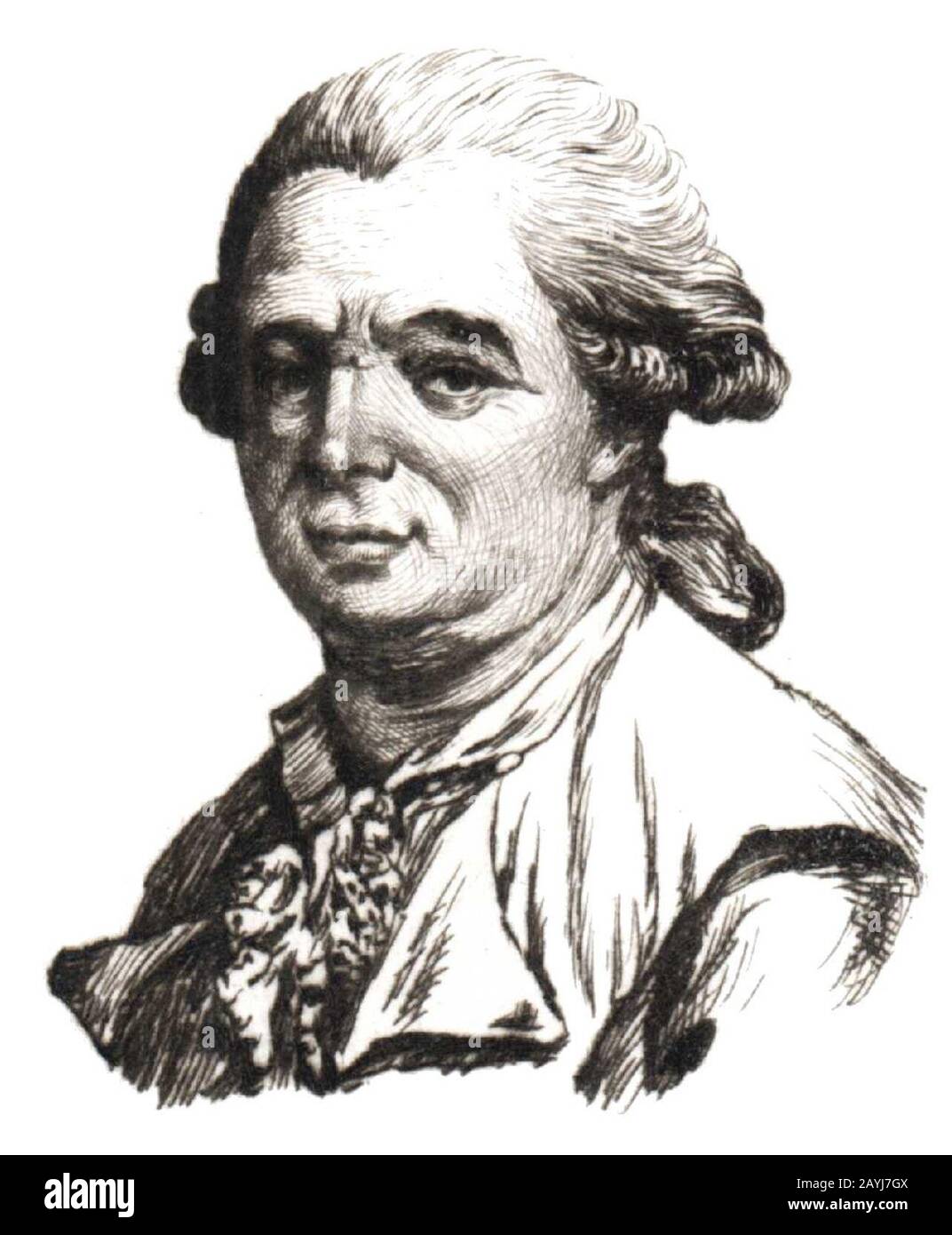

A musician playing a piano or glass harmonica - an instrument with the eerie sound of a finger on the edge of a wine glass - accompanied the treatment. Mesmer directed the “magnetism” by walking around the tub and touching his patients, often on their abdomens and inner thighs. Iron rods protruded from the tub, and patients touched them to their ailing body parts.

He’d wave his hands over bottles of water, thus “magnetizing” them, and place the bottles in a tub filled with water and a layer of metal fillings. To meet demand, he trained disciples and developed a way to treat a dozen patients at a time. There, word of Mesmer’s cures spread quickly, and the doctor soon found himself with more patients than he could treat. But after a more-or-less failed attempt at restoring the sight of blind piano prodigy Maria Theresa Paradis, Mesmer fell out of favor in Vienna and decamped to Paris in 1778. He tamed the throat spasms of a young baron, stilled a sleep-walking professor and cured a young woman with a mysterious, blistering illness. However, he soon discovered that the magnets were superfluous - all he really had to do was bring his hands near patients to affect miraculous cures. Borrowing from the theories of a colleague, he attempted to cure patients by placing magnets on them.

Mesmer discovered “animal magnetism” as a young doctor in Vienna. So, when charismatic Austrian physician Franz Anton Mesmer claimed to have discovered yet another invisible force - one that, he said, coursed through every living thing and was the cause and cure of every physical ailment - the finding seemed entirely within the realm of possibility to people living in the Age of Enlightenment. And thousands of spectators gathered in Paris to watch French inventor Jacques Alexandre Charles harness invisible gases to take flight in the first hydrogen-filled balloon. Benjamin Franklin captured and experimented with electricity. New York: John Wiley & Sons, Inc.Eighteenth-century Europe was abuzz with the frequent discovery of invisible and mysterious forces. Psychoanalysis and clinical psychology: Mesmerism and hypnosis. From Séance to Science: A History of the Profession of Psychology in America (pp.21-24). The beginnings of psychological practice: Psychology’s other occult doubles. It was an ambitious attempt to combine religion with psychotherapy, and it spawned ideologies such as mind cure philosophy, the New Thought movement, Christian Science and American spiritualism.”īenjamin, L.T., & Baker, D.B. “In certain ways, mesmerism was the first secular psychotherapy in America, a way of ministering psychologically to the great America unchurched. Psychologist Philip Cushman writes (as cited in Benjamin & Baker, 2004): It actually paved the way for hypnosis and something even bigger. Mesmerism wasn’t just a blip in psychology’s history.
#Franz mesmer images how to#
“Toward the end of the 19th century they began to promote lectures and courses in ‘personal magnetism’ that promised a pleasing personality the cultivation of success how to succeed in love, courtship and marriage how to prevent disease how to build character and how to become a great power in the world.” They also said that patients’ improvements came not from Mesmer’s magnetism but from their desire to get better.Īfter the findings, Mesmer left Paris but continued practicing until his death in 1815. (Benjamin Franklin served as president, and curiously, Joseph Guillotin was a member.) They not only denounced Mesmer’s therapy as ineffective, they condemned the idea of magnetic forces. So the king appointed a commission to look into Mesmer and his treatment. As Mesmer prompted his patients into a trance, many would swoon and make noise, which of course influenced others in the group.Īgain, another medical community became skeptical and viewed Mesmer as nothing more than a quack promoting fraudulent treatments. It was all very ceremonious and dramatic. During these group sessions, which were held at his fancy clinic in an expensive Parisian neighborhood, patients would hold hands, as Mesmer passed by them, usually wearing a flowing robe. There, Mesmer became a hit, so much so that he started doing group sessions to fit everyone in. So Mesmer left for greener pastures: Paris.


 0 kommentar(er)
0 kommentar(er)
